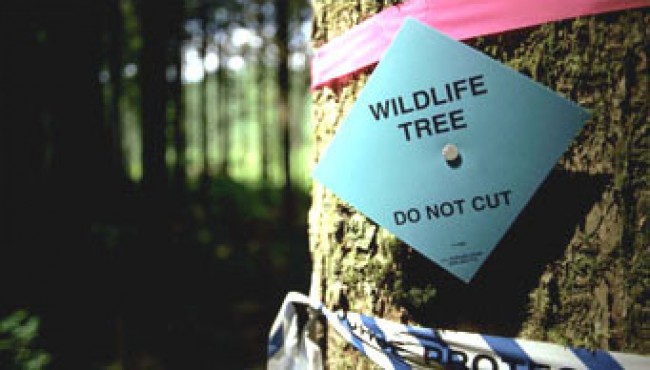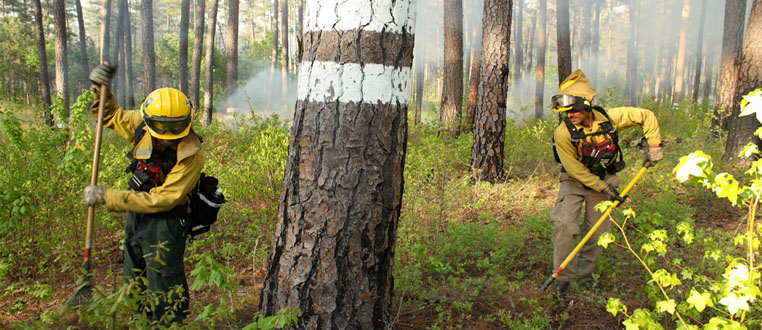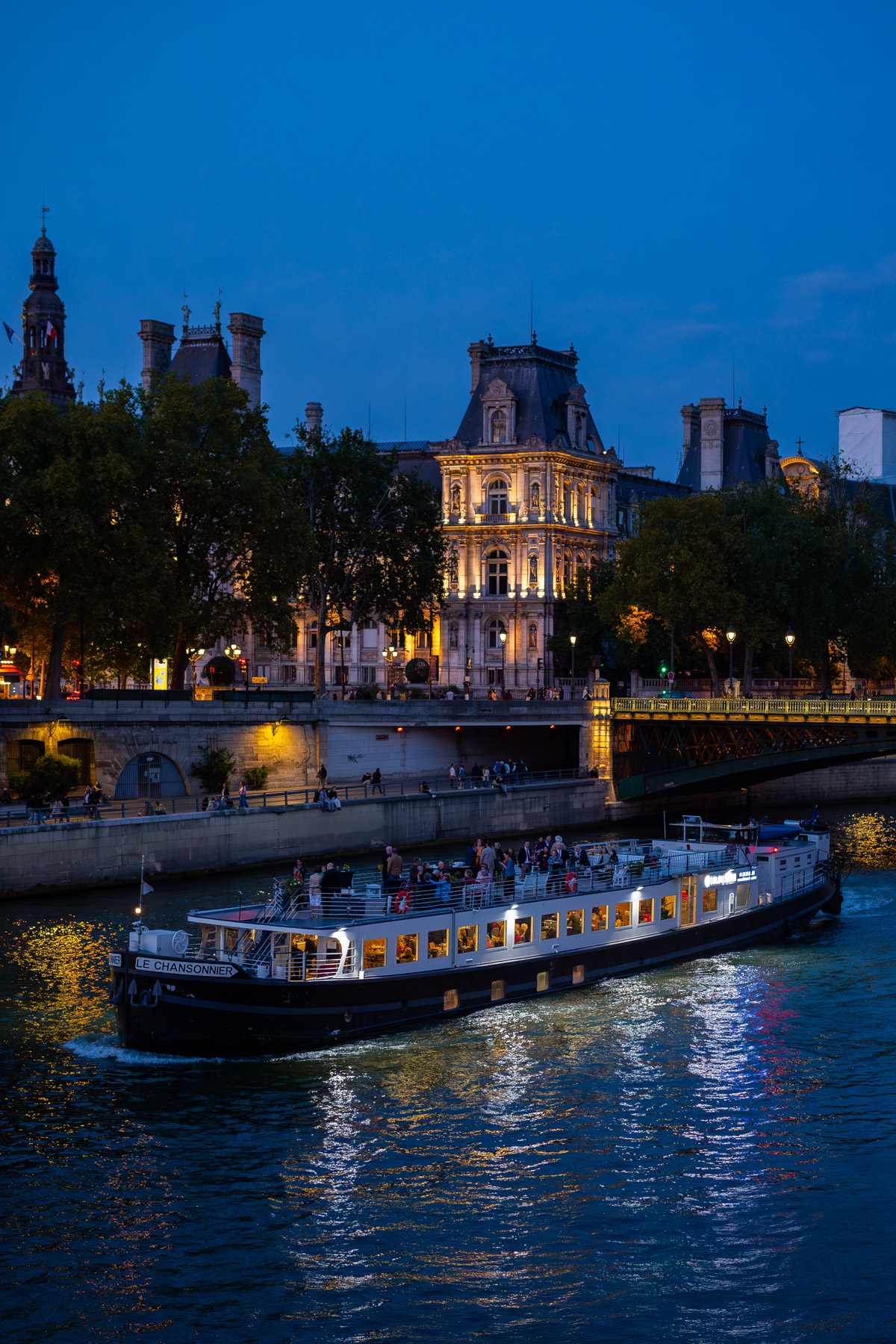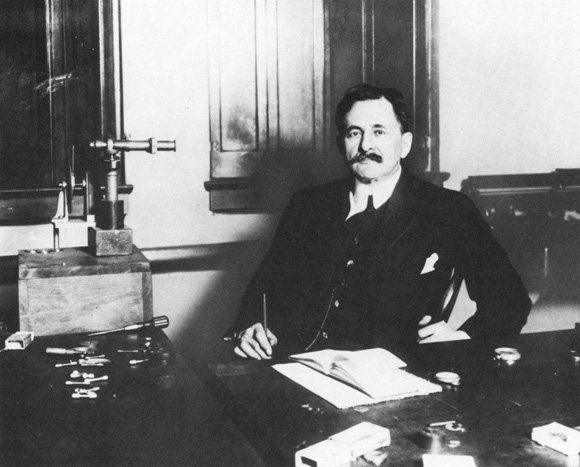**Unveiling the Majestic World of Synchronous Fireflies: A Natural Light Show Like No Other**
As dusk falls over the lush forests of the Great Smoky Mountains, a phenomenal and enchanting spectacle begins to unfold. Synchronous fireflies, one of the rare species of fireflies in the world capable of synchronizing their light patterns, transform the woods into a grand natural amphitheater of bioluminescent wonder. While this may sound like a scene from a fantasy novel, it is, in fact, one of nature’s most awe-inspiring annual events.
Visitors from around the globe flock to witness the synchronous fireflies’ display, a phenomenon that occurs for a few weeks each year, typically from late May to mid-June. This event is so special because Photinus carolinus, the firefly species behind this marvel, has a unique flash pattern that is intrinsically different from the 2,000 or so other species of fireflies found worldwide. For a precious few nights, they engage in a collective performance of light, aiming to attract a mate.
Understanding the Synchrony
The precise mechanisms behind the synchronized flashing are still shrouded in mystery, though scientists are unraveling the secrets. It is known that the male fireflies take to the air and flash, while the females, often stationary on vegetation, watch the males’ light show and respond with a flash pattern of their own. This exchange is a silent dialogue carefully coded for courtship.
The males' lights rhythmically illuminate at regular intervals for up to six or seven flashes before darkening during a rest period. This cycle repeats in the blackness of the night woods, creating a mesmerizing display reminiscent of a sky full of twinkling stars. Yet, unlike the stars, these flashes are a deliberate and crucial communication tool for the fireflies.
Environmental Implications and Conservation
The synchronous fireflies’ phenomenon is not only a captivating spectacle but also a telling reflection of the health of our environment. Fireflies thrive in places undisturbed by light pollution, where wetlands and forested areas are preserved. They are sensitive to environmental disturbances and could be regarded as indicators of an ecosystem’s vitality.
In the Great Smoky Mountains, the National Park Service (NPS) recognizes the importance of this event and the need to protect the delicate balance of the fireflies’ habitat. To that end, they enforce strict viewing guidelines to ensure minimal human impact during the critical mating period. Tourists are encouraged to use red or orange colored flashlights, which are less disruptive, and to minimize noise and movement that can disturb the fireflies or their natural environment.
The Cultural and Economic Impact
The synchronous fireflies’ light show is not only a triumph of natural beauty but has also sparked a positive cultural and economic ripple effect in nearby communities. The event attracts thousands of spectators, which boosts local tourism and brings increased business to hotels, restaurants, and shops. This incentive furthers the community's interest in protecting and valuing the wildlife and natural habitats that make such events possible.
Furthermore, the firefly event is a catalyst for educational opportunities. It has become an open-air classroom for entomologists and nature lovers alike, eager to learn more about the life cycles and behaviors of these fascinating insects.
Closing Remarks
As the night deepens and the lights continue to dance, it is hard not to feel a sense of connection with something greater—a shared experience between humans and nature that transcends the everyday. The synchronous fireflies of the Great Smoky Mountains remind us of the intricate and delicate interplay of life on our planet. It's a natural wonder that asks for nothing more than to be appreciated and protected for future generations to marvel at.
In the second part of this article, we will delve deeper into the individual and collective experiences of those who travel to witness this event, explore the scientific significance of the fireflies’ synchronization, and examine the impact of human activities on their habitats. The story of the synchronous fireflies is multifaceted, where the fusion of science, nature, and culture illuminates the night with more than just light—it shines a spotlight on the importance of ecological awareness and preservation.**Witnessing a Symphony of Lights: The Human Element of the Firefly Phenomenon**
As the sun disappears completely beneath the horizon, the crowd grows silent in anticipation. A sense of communal reverence is palpable amongst the gathered throng of nature enthusiasts. Children clutch their parents' hands, couples hold each other a little closer, and photographers steady their lenses, all waiting for the nightly serenade of light to commence. The synchronous fireflies do not disappoint; their bioluminescent performance is a breathtaking display of natural synchronicity that leaves spectators in awe.
People come from diverse backgrounds but are united by their shared desire to partake in this unique experience. In hushed tones, they speak of their sense of obligation to protect these magical insects. The experience is transformative; many leave with a renewed commitment to environmental consciousness, carrying the fireflies' silent message back to their communities.
Personal and Collective Experience
Every spectator goes through their journey during the event. Some find joy in the simplicity of nature's spectacle, others in the scientific intrigue behind it. Families create lifelong memories, and photographers capture fleeting moments that seem almost supernatural. The silent, twinkling communication between fireflies become a universal language, understood through wonderment if not through science.
Scientists and Educators at the Forefront
Amidst the spectacle, there are those who look to the skies not just with wonder but with curiosity that drives understanding. Entomologists and biologists may be found explaining the behavior of fireflies to inquisitive minds. They discuss the insects' life cycles and the biochemical reactions that create their glow, a process known as bioluminescence.
These educators speak about the importance of "firefly etiquette," which includes guidelines to respect the habitat: staying on trails, carrying out trash, and avoiding the use of flash photography. These practices help ensure the sustainability of the event, keeping this annual display vibrant for years to come.
Through these educational efforts, visitors gain insight into the significance of the synchronized patterns, not merely as a beautiful oddity but as an evolutionary marvel. The flashing patterns are nature's language of love. They tell a story of attraction and reproduction, a critical process that could be disrupted by light pollution and habitat destruction.
The Pulsing Heart of Ecology: The Fireflies' Fragile World
The synchronized firefly event goes beyond enchantment; it symbolizes the importance of ecological balance. The fireflies thrive in areas unaffected by urban sprawl and industrial advancements. Their presence signals a healthy environment, while their absence might denote ecological distress.
The National Park Service, in its guardianship role, conducts research to monitor the firefly populations and their behaviors. In doing so, they aim to understand how changes in the environment affect these insects and, by extension, the broader ecosystem. Preservation strategies revolve around safeguarding the understory vegetation and the moist conditions that are optimal for larvae development.
Impact of Human Footprint
Yet, there is an irony in the swarms of humans that descend upon the fireflies’ habitat for those few weeks every year. The potential for habitat disturbance is high, and managing visitor impact becomes a critical challenge. The park service limits the number of visitors through a lottery system, striking a balance between allowing people to witness this natural wonder while preserving it. This delicate balancing act is a microcosm of a larger environmental challenge: allowing humans to commune with nature without harming it.
The Future of Fireflies and Conservation Efforts
Looking beyond the fireflies' performance, questions linger about the long-term viability of such natural phenomena in a rapidly changing world. Conservation efforts are in a constant race with habitat destruction, climate change, and the spread of light pollution. The twinkling lights of the fireflies are a beacon for action, sparking movements that advocate for darker skies and the protection of critical wildlife habitats.
Across the globe, similar efforts are underway to preserve the magic of fireflies. In Asia and South America, where other synchronous firefly species exist, conservation programs aim to educate the public and secure the future of these insects through sustainable tourism and habitat protection.
The True Illumination
As the fireflies’ dazzling spectacle winds down and the night reclaims the sky, the last glints of natural luminescence fade into darkness. What remains is more than just the memory of light; it’s an emblazoned conviction to maintain this splendid interaction between human and nature. The lesson we take from the fireflies is clear: conservation requires both admiration and action.
The fireflies' synchronized dance invites us to question our role within the ecosystem and inspires us to become stewards of the world's natural wonders. It is a display that illuminates the necessity of living in balance with nature rather than against it, and in the reflection of each tiny flash of light, we see the potential for a future where such balance is achieved.



















Comments